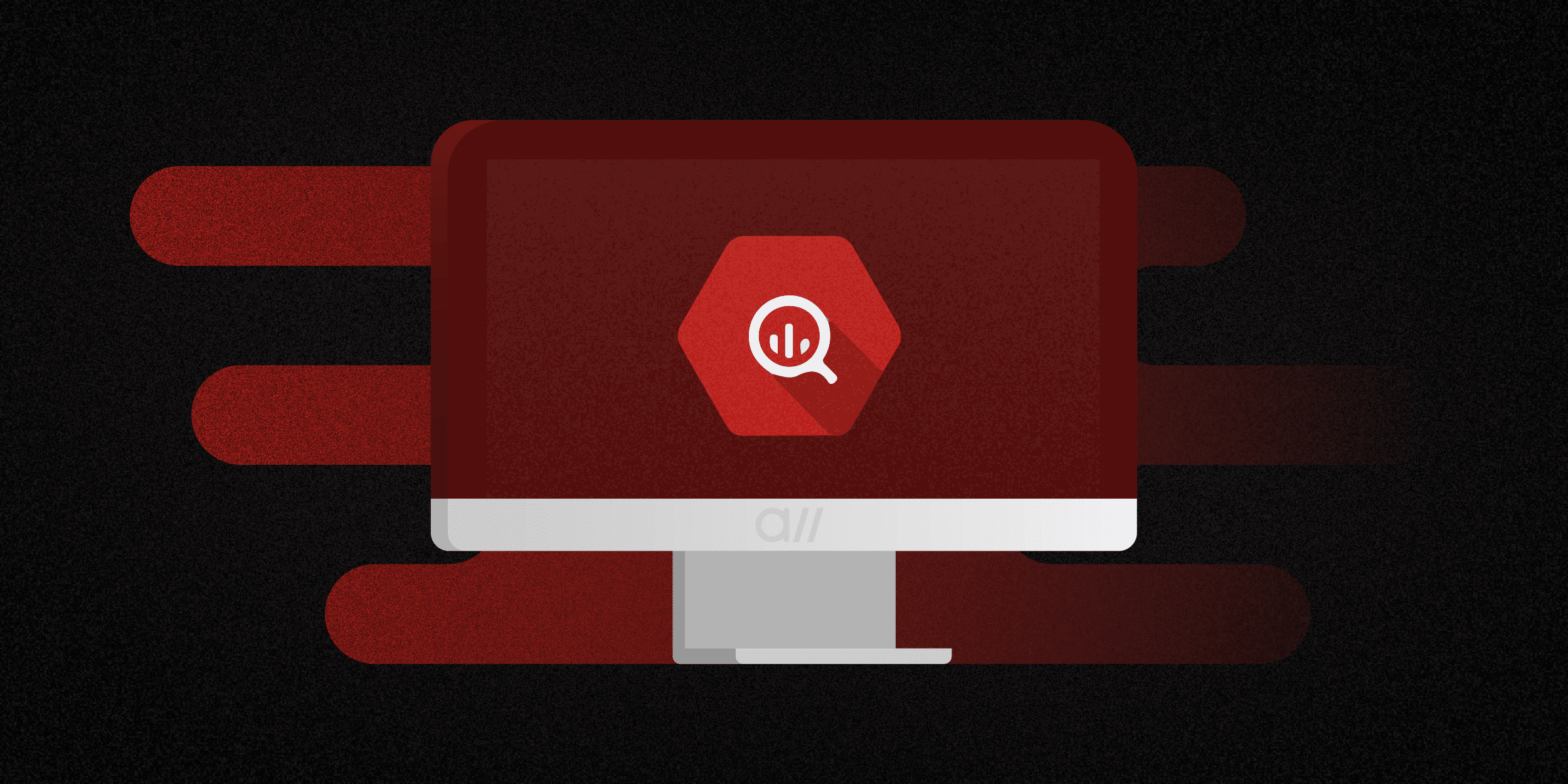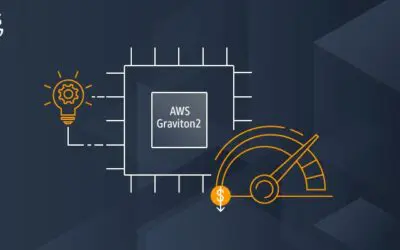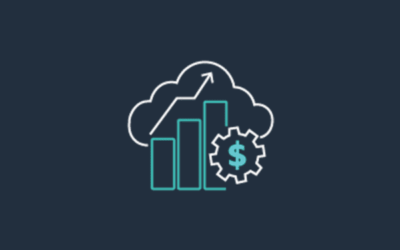How to Connect to a 3rd Party’s Google Big Query using Node.js on Mac using a Service Account Key

One of our clients provided us with access to their Google Big Query the other day. We only received the credentials. We had no idea what was in the project or dataset.
They provided us with credentials in a json format that looked like
{
"type": "service_account",
"project_id": "allcode-dev",
"private_key_id": "xxxxxxxxxxxxxxxxx",
"private_key": "-----BEGIN PRIVATE KEY-----nyyyyyyyyyyy",
"client_email": "[email protected]",
"client_id": "yyyyyy",
"auth_uri": "http://accounts.google.com/o/oauth2/auth",
"token_uri": "http://oauth2.googleapis.com/token",
"auth_provider_x509_cert_url": "http://www.googleapis.com/oauth2/v1/certs",
"client_x509_cert_url": "http://www.googleapis.com/robot/v1/metadata/x509/allcode-gbq.iam.gserviceaccount.com"
}
The credentials are a service account key.
I took the following steps to validate connectivity to this GBQ instance.
- I set the environment variable GOOGLE_APPLICATION_CREDENTIALS to the path of the JSON service account file in my ~/.bash_profile
export GOOGLE_APPLICATION_CREDENTIALS="/home/user/Downloads/service-account-file.json" - Next, I confirmed the environment variable by doing the following
export $GOOGLE_APPLICATION_CREDENTIALS - I installed the latest version of NVM using brew
brew update brew install nvm - I installed the NPM Big Query SDK
npm install --save @google-cloud/bigquery - Next, I wrote a test_connect.js whose sole purpose was to query the meta tables to understand what tables are in the project. The contents of the test_connect.js are
const {BigQuery} = require('@google-cloud/bigquery'); var bigqueryClient = new BigQuery(); //console.log( bigqueryClient); async function queryMetaData() { // Queries a default databases MetaData. // Create a client const bigqueryClient = new BigQuery(); // The SQL query to run const sqlQuery = `SELECT * EXCEPT(is_typed) FROM mydataset.INFORMATION_SCHEMA.TABLES`; const options = { query: sqlQuery, // Location must match that of the dataset(s) referenced in the query. location: 'US', }; // Run the query const [rows] = await bigqueryClient.query(options); console.log('Query Results:'); rows.forEach(row => { const url = row['url']; const viewCount = row['view_count']; console.log(`url: ${url}, ${viewCount} views`); }); } queryMetaData(); - When I executed this command with
node test_connect.jsI received the following errors stating that the permissions on my account needed to be improved in order to run queries.
(node:76490) UnhandledPromiseRejectionWarning: Error: Access Denied: Project allcode-dev: User does not have bigquery.jobs.create permission in project allcode-dev. at new ApiError (/Users/joelgarcia/node_modules/@google-cloud/common/build/src/util.js:58:15) at Util.parseHttpRespBody (/Users/joelgarcia/node_modules/@google-cloud/common/build/src/util.js:193:38) at Util.handleResp (/Users/joelgarcia/node_modules/@google-cloud/common/build/src/util.js:134:117) at /Users/joelgarcia/node_modules/@google-cloud/common/build/src/util.js:432:22 at onResponse (/Users/joelgarcia/node_modules/retry-request/index.js:206:7) at /Users/joelgarcia/node_modules/teeny-request/build/src/index.js:233:13 at processTicksAndRejections (internal/process/task_queues.js:97:5) (node:76490) UnhandledPromiseRejectionWarning: Unhandled promise rejection. This error originated either by throwing inside of an async function without a catch block, or by rejecting a pro - It looks like the credentials work, but I don’t have the proper credentials. Progress!

Joel Garcia has been building AllCode since 2015. He’s an innovative, hands-on executive with a proven record of designing, developing, and operating Software-as-a-Service (SaaS), mobile, and desktop solutions. Joel has expertise in HealthTech, VoIP, and cloud-based solutions. Joel has experience scaling multiple start-ups for successful exits to IMS Health and Golden Gate Capital, as well as working at mature, industry-leading software companies. He’s held executive engineering positions in San Francisco at TidalWave, LittleCast, Self Health Network, LiveVox acquired by Golden Gate Capital, and Med-Vantage acquired by IMS Health.


